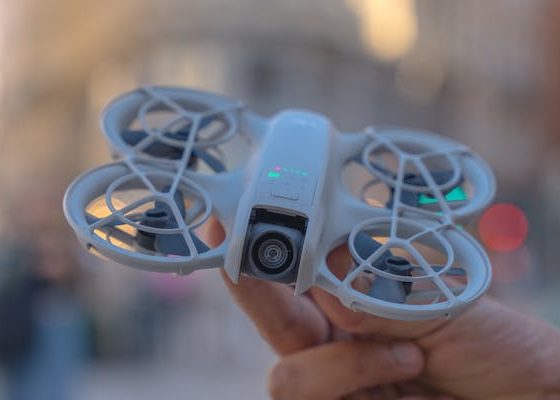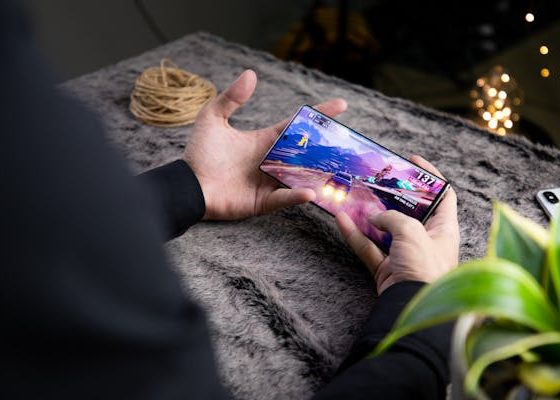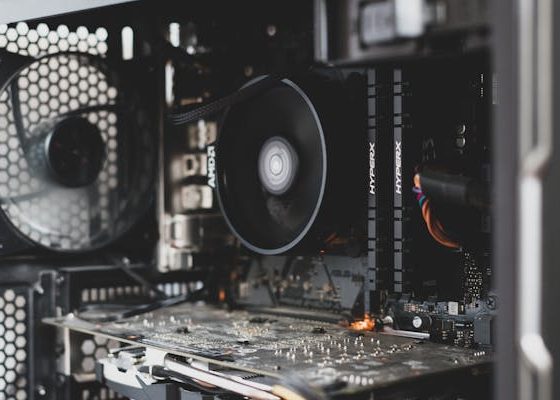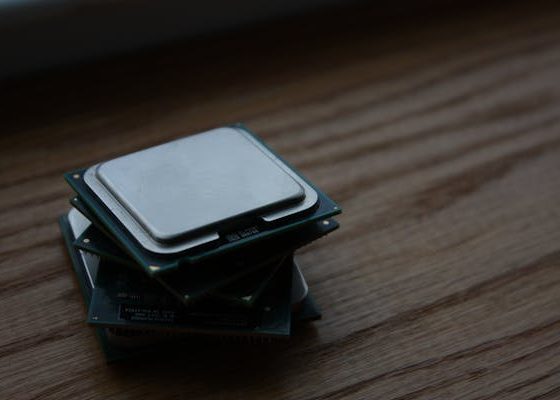In recent years, videography has gained immense popularity, driven by the rise of content creation, social media, and a demand for high-quality visual storytelling. Whether you’re a seasoned videographer, a filmmaker, or an amateur content creator, having the right camera can significantly impact the quality of your work. DSLR cameras (Digital Single-Lens Reflex cameras) have long been a go-to choice for videographers due to their versatility, interchangeable lenses, and image quality. However, with a multitude of brands offering various DSLR models, choosing the right one for videography can be challenging.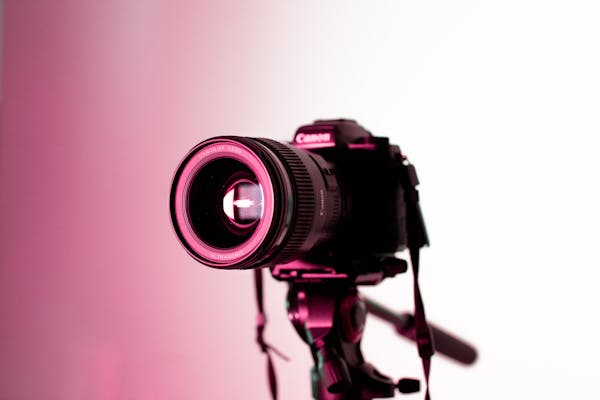
In this article, we will explore the best brands of DSLR for videography, breaking down their strengths, weaknesses, and the features that make them stand out. Whether you’re in the market for a new DSLR or simply curious about which brands dominate the field, this guide will help you make an informed decision.
1. Canon: The Industry Leader in DSLR Videography
Canon has long been recognized as one of the best brands of DSLR for videography. From professionals to beginners, Canon’s cameras are highly regarded for their reliability, image quality, and ease of use.
Strengths:
- Exceptional Image Quality: Canon DSLRs are known for producing sharp, vibrant images with rich colors and excellent dynamic range. For videographers, this means footage that looks cinematic straight out of the camera, reducing the need for excessive color grading in post-production.
- Dual Pixel Autofocus (DPAF): Canon’s proprietary DPAF technology is a game-changer in the world of videography. It provides smooth, fast, and accurate autofocus, even when shooting in live view mode. This is especially useful for solo shooters who rely on autofocus for smooth transitions between subjects.
- Wide Range of Lenses: Canon has one of the most extensive collections of lenses available. For videographers, this is crucial as it allows you to adapt to different shooting scenarios, from wide-angle shots to close-ups, with a variety of lenses.
- 4K Video Recording: Many of Canon’s DSLR models offer 4K video recording, making it easier to capture high-resolution footage.
- Easy-to-use Interface: Canon cameras are well-known for their user-friendly design, allowing videographers to switch between photography and videography modes with ease. This simplicity is particularly beneficial for beginners looking to experiment with video.
Top Models for Videography:
- Canon EOS 5D Mark IV: A powerhouse for both photography and videography, the 5D Mark IV offers 4K video recording, DPAF, and a full-frame sensor, making it ideal for filmmakers and professional videographers.
- Canon EOS 90D: This mid-range DSLR is packed with features like 4K video, excellent battery life, and a 32.5 MP sensor, making it a great option for vloggers and content creators. It also boasts impressive weather sealing, which ensures durability in outdoor shoots.
Weaknesses:
- 4K Crop Factor: One of the criticisms Canon faces is the crop factor when shooting 4K video, especially in models like the EOS 90D. This limits the field of view, which can be frustrating for wide-angle shots.
- Limited Advanced Video Features: Some Canon DSLRs do not offer advanced video features like higher frame rates for slow-motion or extensive color profiles like Canon Log in entry-level models, which might limit flexibility for professional videographers.
2. Nikon: A Versatile Option for Videographers
Nikon is another brand that stands out as one of the best brands of DSLR for videography. Although Nikon has traditionally been known for its still photography, it has made significant strides in the video department in recent years, offering some of the most versatile DSLR models for videographers.
Strengths:
- Image Quality and Dynamic Range: Nikon’s DSLRs are known for their incredible image quality, thanks to their dynamic range and color science. This translates well to video, especially for those who want to capture vibrant and detailed footage.
- Flat Picture Profile (N-Log): Nikon offers an N-Log recording profile, which preserves more detail in highlights and shadows, giving videographers greater flexibility during color grading in post-production.
- High-Resolution Sensors: Nikon cameras often feature high-resolution sensors, which can be an asset when shooting 4K video or working on large-scale projects where image detail is essential.
- Strong Low-Light Performance: Nikon DSLRs, such as the D850 and D780, are known for their strong low-light performance, making them a good choice for videographers shooting in dimly lit environments.
- Robust Build Quality: Many Nikon DSLRs, particularly their higher-end models, are built to withstand rugged conditions, with weather sealing and durable construction that make them suitable for outdoor and adventure videography.
Top Models for Videography:
- Nikon D850: With a 45.7 MP sensor, 4K UHD video recording without a crop factor, and N-Log capability, the D850 is a fantastic DSLR for high-end videography. It’s perfect for professionals who want the best in both stills and video.
- Nikon D780: The D780 offers full-frame 4K video recording, excellent autofocus in live view, and robust low-light performance. It’s a versatile option for both photographers and videographers.
- Nikon D7500: For intermediate users, the D7500 offers 4K UHD video, a tilting touchscreen, and a lightweight build, making it a solid option for travel videographers or vloggers who want a more compact solution.
Weaknesses:
- Autofocus in Video Mode: While Nikon has improved its autofocus systems, they still lag behind Canon’s Dual Pixel Autofocus, particularly for video. This makes Nikon cameras less ideal for those who rely heavily on autofocus while shooting video.
- Fewer Lens Options for Video: Compared to Canon, Nikon has fewer video-specific lenses, which may limit videographers looking for lenses with features like silent autofocus or optical image stabilization.
3. Sony: Innovating with Mirrorless, But Strong in DSLRs
Although Sony has become more synonymous with mirrorless cameras, it remains one of the best brands of DSLR for videography due to its innovative technology, especially in models like the Sony Alpha series, which bridges the gap between DSLRs and mirrorless systems.
Strengths:
- Superior Low-Light Performance: Sony’s DSLRs and mirrorless cameras are equipped with excellent low-light capabilities. For videographers working in challenging lighting conditions, this is a significant advantage.
- 4K Video Across Models: Unlike some other brands that reserve 4K for high-end models, Sony offers 4K video recording even in their entry-level cameras.
- Fast Hybrid Autofocus: Sony’s hybrid autofocus system combines phase detection and contrast detection, ensuring fast and accurate focusing while shooting video.
- S-Log and HDR Recording: Sony DSLRs offer advanced video features like S-Log and Hybrid Log-Gamma (HLG) recording modes, providing increased flexibility for post-production grading and professional-level video editing.
Top Models for Videography:
- Sony Alpha a99 II: While technically a hybrid between a DSLR and a mirrorless camera, the a99 II offers excellent video performance with 4K video, in-body stabilization, and a 42.4 MP sensor. It’s a great choice for professional videographers looking for top-tier performance.
- Sony Alpha a68: This entry-level DSLR offers fantastic video features like 1080p HD recording and excellent autofocus at a budget-friendly price, making it perfect for beginners and hobbyists.
- Sony Alpha a77 II: Known for its fast autofocus and burst shooting, the a77 II is also a great choice for sports videographers who need to capture fast-moving subjects with precision.
Weaknesses:
- Battery Life: Sony cameras, particularly the mirrorless models, are notorious for their relatively short battery life. While this is not as much of an issue with their DSLRs, it’s something to keep in mind for long video shoots.
- Complex Menu System: While packed with features, Sony’s cameras can have a steep learning curve due to their complex menu systems, which may be intimidating for beginner videographers.
4. Pentax: A Niche Choice with Unique Features
Pentax may not be as well-known as Canon or Nikon in the videography world, but it still earns a spot among the best brands of DSLR for videography. Pentax DSLRs offer unique features that can be beneficial for specific videography needs, particularly for outdoor and adventure shooters.
Strengths:
- Weather-Sealed Bodies: Pentax is renowned for making rugged, weather-sealed cameras that can withstand harsh environments. This makes them an excellent choice for outdoor videographers shooting in challenging conditions.
- In-Body Image Stabilization (IBIS): Many Pentax DSLRs feature in-body image stabilization, which is a huge plus for videographers who don’t want to rely on stabilized lenses or external rigs.
- Affordability: Pentax offers feature-rich cameras at competitive prices, making them an attractive option for budget-conscious videographers.
- Astrophotography Features: Some Pentax models, like the K-1 Mark II, are equipped with unique features like Astrotracer, which compensates for the Earth’s rotation, making it easier to capture long-exposure videos of stars and nightscapes.
Top Models for Videography:
- Pentax K-1 Mark II: A full-frame DSLR with 4K time-lapse video, excellent low-light performance, and a rugged design, the K-1 Mark II is perfect for adventure videographers and nature filmmakers.
- Pentax KP: A more affordable option, the KP offers 1080p HD video, IBIS, and a compact, weather-sealed body, making it ideal for travel videography.
- Pentax K-70: An entry-level DSLR with robust video features such as 1080p HD recording and weather-sealing, the K-70 offers excellent value for amateur videographers who need a camera that can perform in harsh conditions.
Weaknesses:
- Limited Video Features: While Pentax DSLRs excel in photography, their video features are often more limited compared to competitors. For instance, Pentax cameras typically lack advanced video-centric features like high-frame-rate recording or log profiles, which are essential for professional videographers.
- Smaller Ecosystem: Pentax has a smaller lens and accessory ecosystem compared to Canon or Nikon, which may be a limitation for videographers seeking specific video accessories.
5. Panasonic: A Powerhouse for Video Creators
Panasonic has long been a leader in the world of video, particularly with its Lumix series. While more known for its mirrorless cameras, Panasonic’s DSLRs (and hybrid models) offer powerful video features that place them among the best brands of DSLR for videography.
Strengths:
- 4K and 6K Video Recording: Panasonic is ahead of the game when it comes to offering high-resolution video. Many of its cameras, such as the Lumix GH5, offer 4K and even 6K video recording options.
- Advanced Video Features: Panasonic cameras come equipped with features like V-Log, high-frame-rate recording, and unlimited video recording times, making them ideal for serious videographers and filmmakers.
- Excellent Autofocus and Image Stabilization: Panasonic’s DSLRs offer fast autofocus and superb image stabilization, which are critical for handheld video shooting.
- Great for Hybrid Shooters: Panasonic’s hybrid cameras, like the GH5, are excellent for creators who need both high-quality video and stills, making them popular among wedding videographers, event filmmakers, and YouTubers.
Top Models for Videography:
- Panasonic Lumix GH5: A hybrid between DSLR and mirrorless, the GH5 is a beast when it comes to video. With 4K 60fps recording, 10-bit color, and excellent IBIS, it’s a favorite among filmmakers and YouTubers alike.
- Panasonic Lumix G7: For those on a budget, the Lumix G7 offers 4K video recording, good autofocus, and a range of video-centric features, making it a great entry-level option for video creators.
- Panasonic Lumix GH4: Another fantastic option for filmmakers, the GH4 delivers 4K video, robust image stabilization, and a variety of advanced video features, making it a top pick for independent filmmakers.
Weaknesses:
- Smaller Sensor Size: Panasonic’s DSLRs and hybrids often come with Micro Four Thirds sensors, which are smaller than the full-frame sensors found in other brands. This can impact image quality and depth of field, especially in low-light situations.
- Limited Lens Selection for DSLRs: While Panasonic offers a wide range of lenses for their mirrorless systems, their DSLR lens selection is more limited, which could be a disadvantage for some videographers.
6. Leica: A Luxury Brand for Videography
Leica, a brand synonymous with luxury and premium quality, may not be the first name that comes to mind for videography, but it deserves a mention among the best brands of DSLR for videography. Known for their precision engineering and exceptional optics, Leica cameras can deliver stunning video quality.
Strengths:
- Outstanding Build Quality: Leica cameras are renowned for their robust, high-quality construction. For videographers who value craftsmanship and durability, Leica is hard to beat.
- Incredible Lens Quality: Leica lenses are some of the best in the world, known for their sharpness, clarity, and beautiful bokeh. This is crucial for videographers who want to achieve a cinematic look with shallow depth of field.
- Unique Aesthetic: Leica cameras have a distinctive aesthetic, both in their design and the images they produce. For videographers seeking a unique visual style, Leica offers something different from the mainstream brands.
- Minimalist Design: Leica cameras often have a more stripped-down, intuitive design compared to other brands, which some videographers appreciate for quick and spontaneous shooting situations.
Top Models for Videography:
- Leica SL2: A full-frame camera with 4K video recording, in-body image stabilization, and Leica’s legendary lens quality, the SL2 is a top-tier choice for videographers who demand the best.
- Leica Q2: While not a DSLR, the Q2 offers exceptional 4K video capabilities in a compact form factor. It’s perfect for videographers who want a high-end camera for travel or street filmmaking.
Weaknesses:
- Price: Leica cameras are among the most expensive on the market, which can be a barrier for many videographers.
- Limited Video Features: While Leica excels in image quality, their cameras lack some of the advanced video features found in competitors like Canon or Panasonic, such as log profiles or high-frame-rate recording.
Conclusion:
Selecting the right DSLR for videography depends on your specific needs, budget, and shooting style. Each of the best brands of DSLR for videography offers something unique:
- Canon: Best for those who need reliable autofocus and vibrant image quality, with a vast array of lenses to choose from.
- Nikon: Ideal for videographers who prioritize image quality and dynamic range, with strong low-light performance.
- Sony: A great option for videographers who value low-light performance and cutting-edge autofocus technology.
- Pentax: Perfect for adventure videographers who need a rugged, weather-sealed camera with in-body stabilization.
- Panasonic: The top choice for filmmakers and video creators who need advanced video features like 4K/6K recording and log profiles.
- Leica: A luxury option for those who want the highest quality optics and unique image aesthetics, with a premium build quality.
Ultimately, the best brands of DSLR for videography will depend on your personal preferences and requirements. Whether you’re shooting a documentary, a YouTube video, or a short film, the right camera can elevate your work and help you achieve your creative vision. As videography continues to evolve, investing in the right gear will allow you to stay ahead of the curve, ensuring that your footage remains sharp, cinematic, and professional. Whatever brand you choose, these industry leaders provide tools that can help bring your stories to life, one frame at a time.
